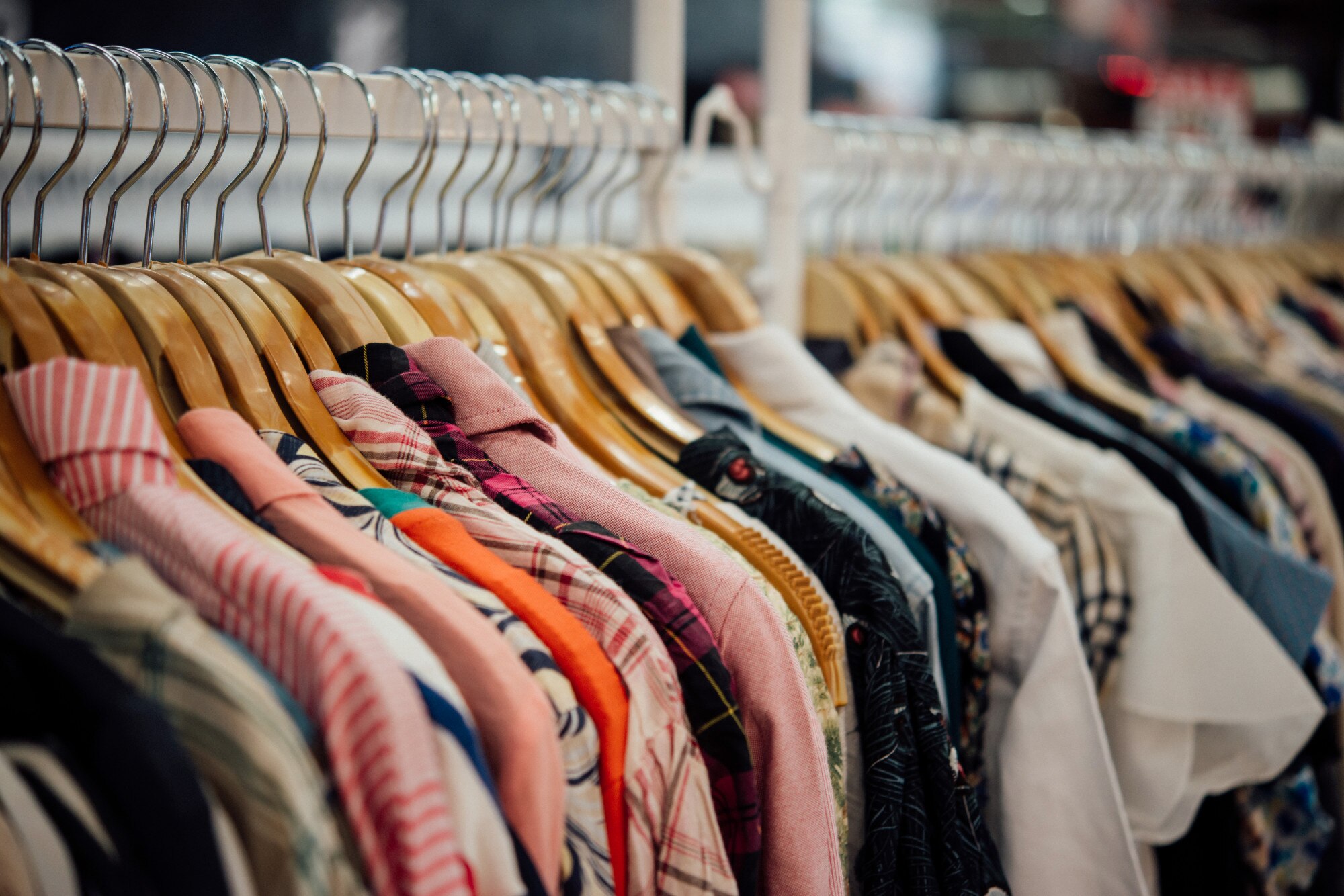
President Donald Trump’s upcoming tariffs on Chinese imports could significantly increase the cost of clothing and footwear for American families, especially as children head back to school in new sneakers, jeans, and T-shirts. U.S. industry groups are raising alarms about the 104% tariff plan, which, if implemented, will hit families hard, particularly in the fashion sector.
The American Apparel & Footwear Association (AAFA) has pointed out that 97% of clothing and shoes purchased in the U.S. are imported, mostly from Asia. Notable retailers like Walmart, Nike, Gap Inc., and Lululemon rely on Asian countries for the bulk of their products. Under Trump’s tariff plan, China would see a 54% tariff on all its goods, while other major producers like Vietnam and Cambodia would face 46% and 49% duties, respectively. This increase comes in the wake of Trump’s ongoing efforts to address trade imbalances.
Rising Costs for Fashion Retailers and Consumers
The new tariffs pose a direct threat to the affordability of U.S. imports, including everyday clothing like shoes and work boots. According to the Footwear Distributors and Retailers of America (FDRA), Chinese-made work boots that currently cost $77 will jump to $115, while running shoes from Vietnam will increase from $155 to $220. For lower-income families, this could mean a significant price hike, with the cost of a pair of Chinese-made children’s shoes expected to rise from $26 to $41.
The impact of these tariffs is already being felt. U.S. companies have been shifting production away from China in recent years due to rising costs and political pressure. This shift has intensified since the tariffs were first implemented in 2018, with brands like Lululemon and Nike reporting less reliance on Chinese manufacturing. Instead, production has increasingly moved to countries like Vietnam, Cambodia, and Bangladesh, where labor costs are still relatively low. However, as these nations are also targeted by tariffs, U.S. companies are finding fewer alternatives.
The High Costs of Reviving U.S. Manufacturing
Reviving U.S. garment manufacturing on a large scale would be prohibitively expensive, experts warn. Since 2015, the number of workers in apparel manufacturing in the U.S. has dropped dramatically. Sri Lanka, for instance, employs four times as many people in garment manufacturing despite having a significantly smaller population. Furthermore, the U.S. lacks the domestic sources for the over 70 materials required to manufacture a typical shoe, including cotton laces, eyelets, and textile uppers, which further complicates efforts to bring production back to American soil.
After decades of price stability, U.S. consumers can expect a significant price increase in the cost of clothing and footwear due to these tariffs. Economists attribute past stability to offshoring, free trade agreements, and competition among retailers. However, with inflation already affecting the costs of essentials like groceries and housing, many consumers, especially in lower-income households, are likely to feel the sting of these price hikes. FDRA President Matt Priest noted that many shoppers are already pulling back on their purchases due to inflation, which could have long-term consequences for the retail sector.
Winners and Losers in the Tariff Wars
Not all companies will feel the same impact. According to a Barclays report, retailers with strong negotiating power, such as Ralph Lauren, Dick’s Sporting Goods, and off-price chains like TJX Companies, are better positioned to handle tariff-related price hikes. On the other hand, companies with less leverage and greater exposure to Asian production, including Gap Inc. and American Eagle, will likely bear the brunt of the increases.
In addition to impacting consumers, the new tariffs may benefit the secondhand clothing industry. ThredUp, a resale platform, has applauded Trump’s policy change to eliminate a tax exemption on low-cost goods imported from China. This move will increase the cost of cheap, disposable clothing from China, which many environmentalists argue contributes to overproduction and environmental degradation.
Author’s Opinion
The growing tariff war and its impact on the price of everyday clothing represents a short-sighted approach to addressing trade imbalances. While some companies may benefit from higher tariffs, many American consumers, particularly those in lower-income households, will bear the brunt of these increased costs. In the long run, this could widen the wealth gap and hurt the very individuals these policies aim to protect.
Featured image credit: jcomp via Freepik
Follow us for more breaking news on DMR
